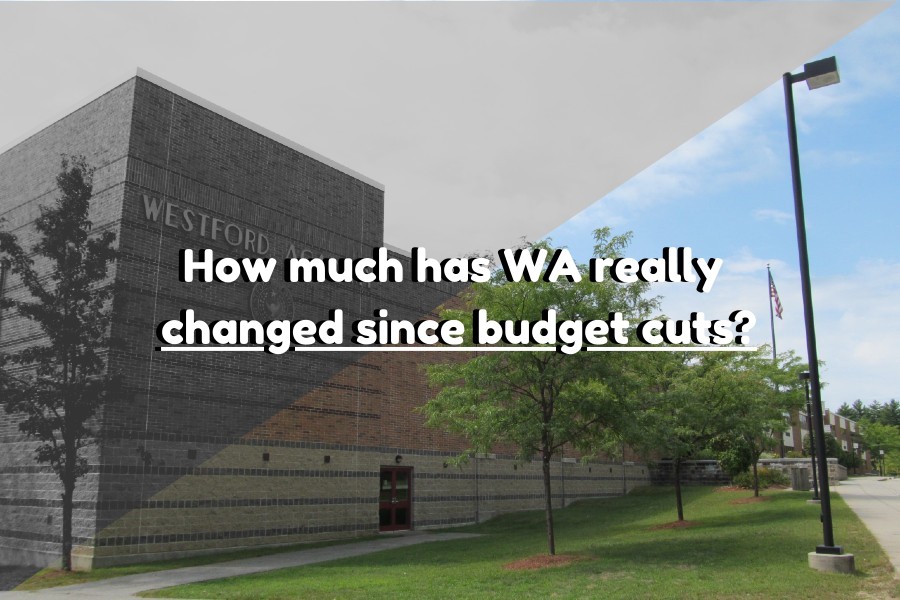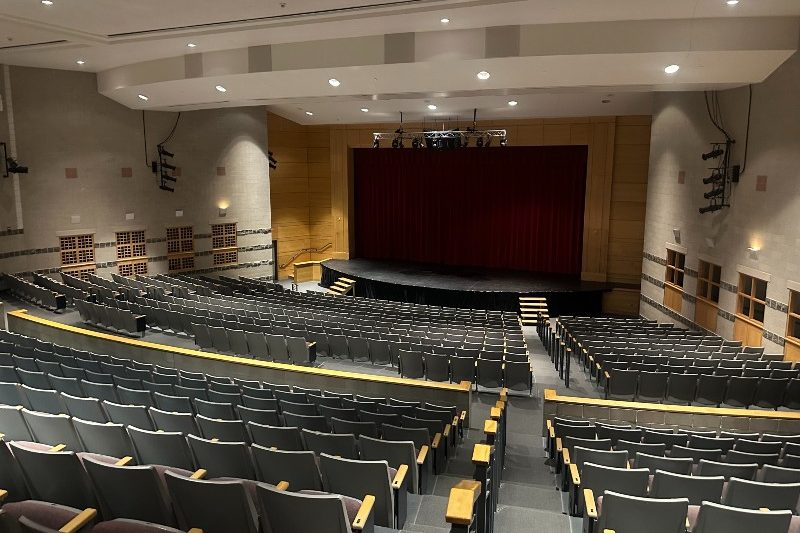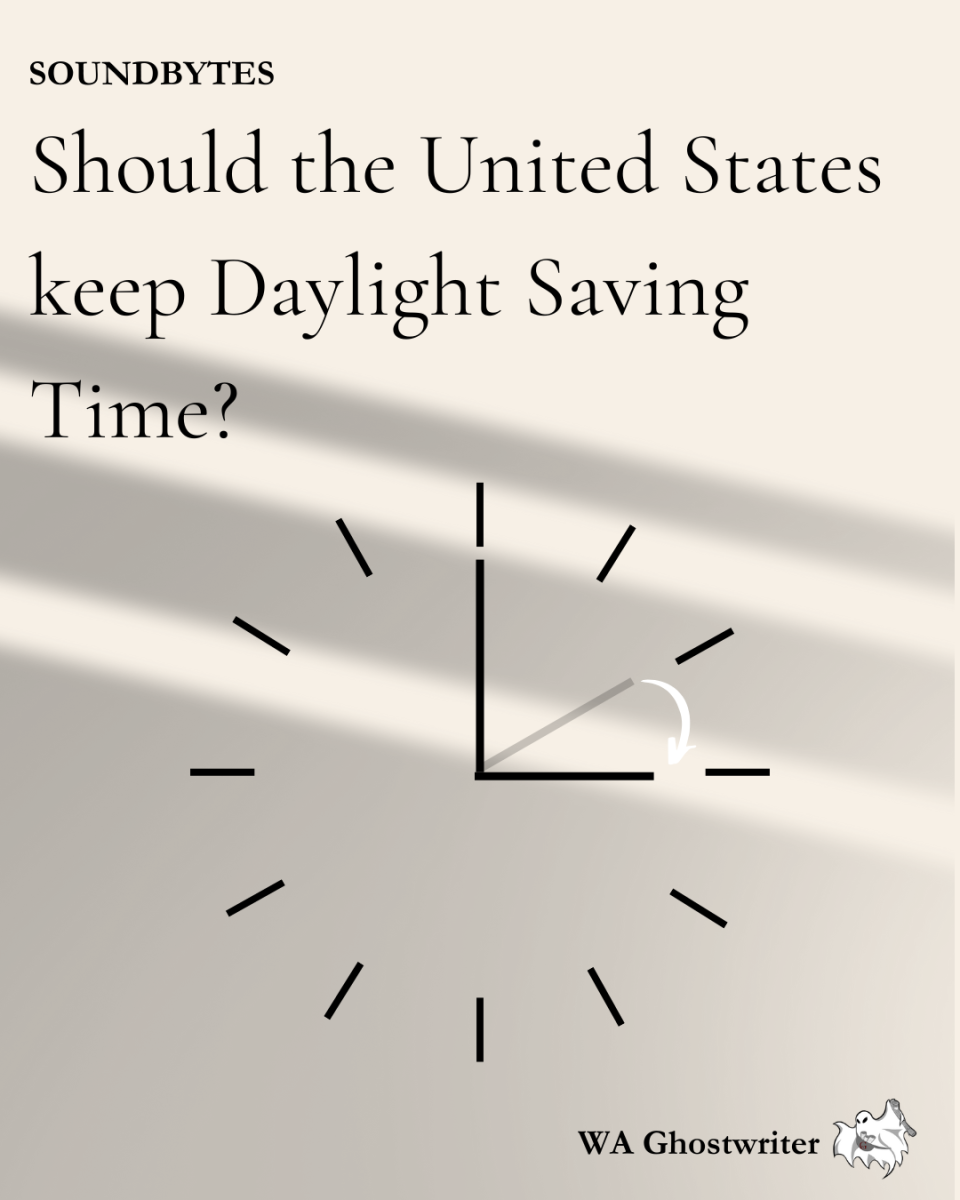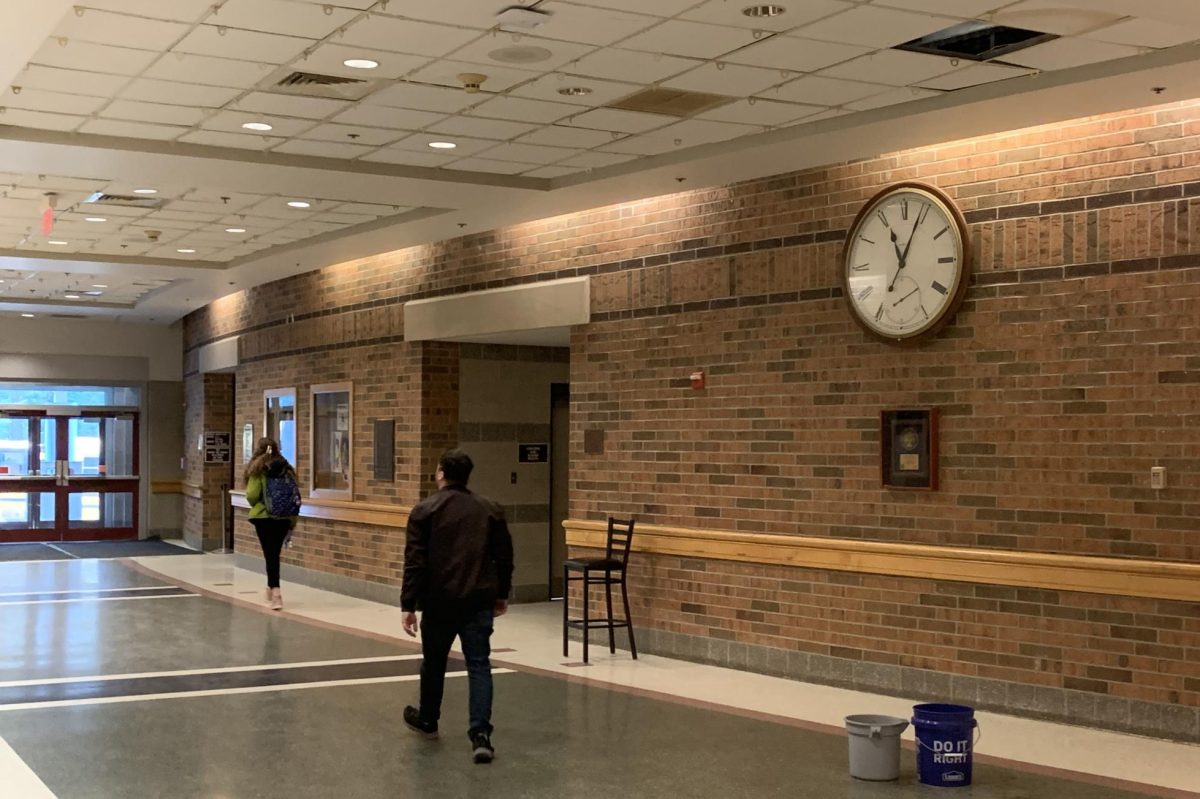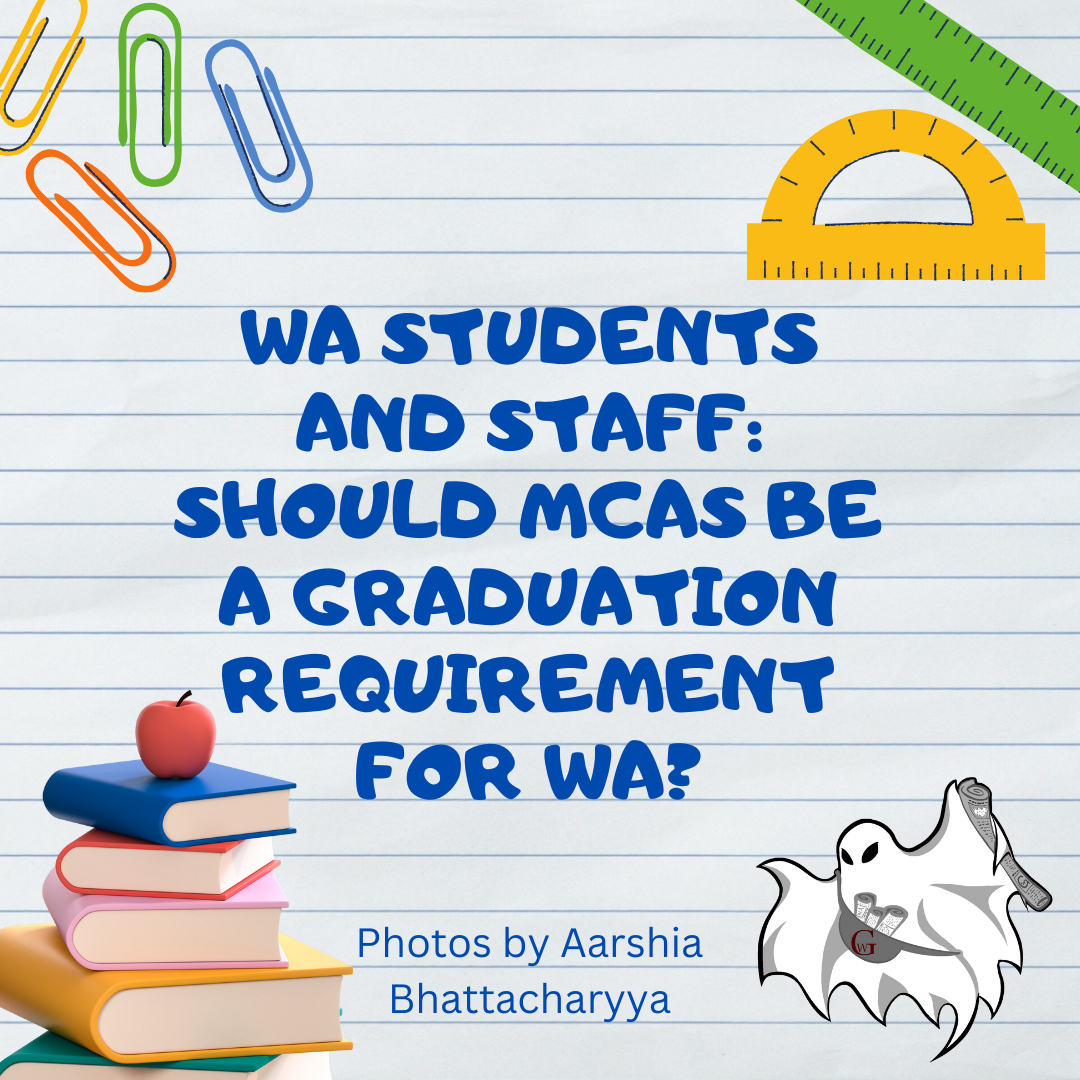Throughout the 2023-24 school year, the WA community was faced with the looming threat of budget cuts that would cut certain classes and increase class sizes.
As May began, things began to grow more concerning with the failure to pass the override at the annual town election. Later that month, the students received the final list of budget cuts that they would be subject to in the following year. Now that it’s September of 2024 and the school year has already started, most of the buzz around the cuts has passed as one question arises: how much has WA really changed since the budget cuts?
The answer to this question is a bit more nuanced than a ‘yes’ or a ‘no,’ but as a student experiencing the cuts firsthand, it’s safe to say that some parts of WA have changed more than others and oftentimes, the cuts anticipated to be the worst turned out to be much less problematic than some unforeseen changes.
One of the most distressing portions of the budget cuts was the reduction of six classes. A lot of people feared that their favorite classes would be cut and went into panic mode over this section of the cuts, but the only classes that were cut were a select few low enrollment courses. These courses included Foundations of Art II, Painting I & II, French I, Latin I and Mandarin IV. This means that students will not be able to swap their elective language to Latin or French without any experience, or take painting at all.
The major issue with all of these classes was that, due to having many levels of prerequisites or being less critical classes, their class sizes lingered around ten students which was not sustainable to keep around. The benefit of only these classes being cut is that a very minimal population was affected, making the reduction in classes hardly noticeable to the vast majority of all students. Personally, I’ve heard no complaints about the cut class from teachers or students.
That being said, the reductions to teachers and classes comes with another problem: class sizes. For some classes, it was estimated that nearly thirty students were to be expected, while most classes would sit around 24-26. In reality, although many students may have larger classes as compared to last year’s, the average class still seems to sit around high teens to low twenties.
For me, it seems to be less exaggerated than students may have previously believed. I myself even having one class with only sixteen people, which comes especially surprising as it’s my US History class which is a rather streamlined course for sophomores.
In classes like my History class, it’s easier to form a closer relationship with the teacher and become a more intimate learner with a more personalized understanding of the material, something that is just not possible with a class double its size. In smaller classes, it is not unlikely for one student to get called on multiple times throughout the period whereas in larger classes, the average student may not even be called on once, leading to everyone having the same generalized knowledge of the subject. That isn’t to say that larger classes may not bode better for certain types of students. Some students don’t want to be called on as much and only want to know as much as the course offers, and some students just prefer the lecture styled classes. Deciding which format is better really comes down to personal preference.
Nevertheless, even the addition of one extra student to a class can be an immense increase in time spent on grading their essay or project for teachers. As a result, since many classes have been increased by 5-10 students and many teachers teach multiple sections of the class, teachers have been put on a severe crunch for time, although the additional students may not be noticeable to from a student perspective.
On the other hand, one of the most impactful and rightfully upsetting effects of the budget cuts was the loss of 13.4 staff teaching positions. For many students this meant losing their favorite teacher, or needing to find a new club advisor. For some teachers this meant losing a coworker or a friend. For the class of 2027, this even meant a change in their class advisor.
The bonds between teachers, their students and their coworkers become stronger over time, and it’s relationships like these that thrive in the school environment where each generation of kids spends four years going through the system. Ultimately, even though the teaching positions of these staff were filled or cut, it’s the emotional gaps that remain.
An example of this that really hits close to home for me comes from Blanchard Middle School English teacher, Jack Holbrook. Last year Holbrook taught freshman English, sophomore English and journalism at WA. He was my teacher for my first year on the Ghostwriter and helped make all of the things that the current staff can do possible. It seemed like he really wanted all of his students to enjoy Journalism to its fullest, a mission which he achieved with me as I can attest it is now my favorite subject. However, due to budget cuts, he lost his job at WA and was moved down to one of the middle schools, dampening the spirits of the students who had hoped to take the class again with him this year and effectively cutting the potential class size in half, as we never would receive a fill-in co-teacher. I can only imagine the feelings of the teachers that had spent years previously alongside him.
Overall, the functionalities of the school will mostly go on, and the same degree of learning will be available to all of WA’s students. Despite this, the remembrance of the 2023-2024 school year still goes on and some things will not feel the same, which is to be expected. Once people come to terms with the reality that they live in, they can let loose from the stress of change and I think that’s what most people have already begun doing.

